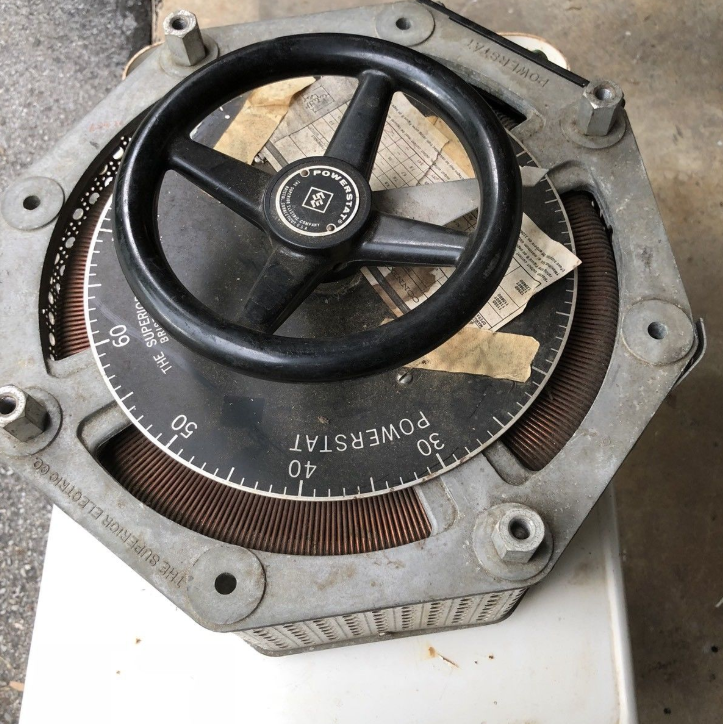What electronics are used to constantly drive a heating element eliminating the rapid on/off switching of a PID?
I was thinking a frequency drive might do this but then how would the FD be controlled from say an Arduino?
Is this even possible without burning out the element faster?
Any electronics whizzes out there who can help?
I was thinking a frequency drive might do this but then how would the FD be controlled from say an Arduino?
Is this even possible without burning out the element faster?
Any electronics whizzes out there who can help?





